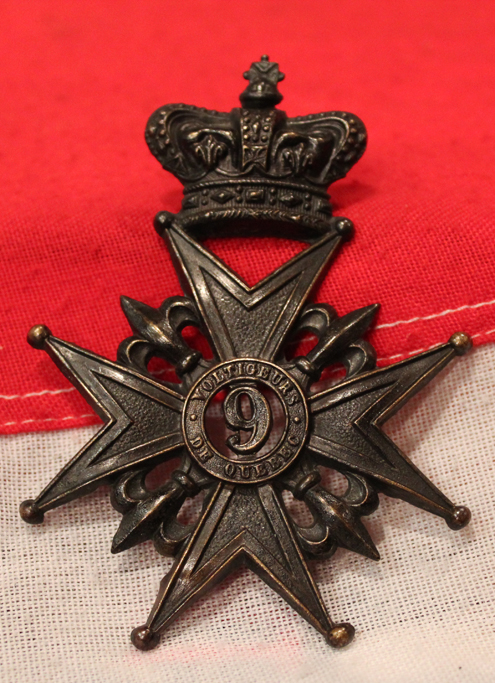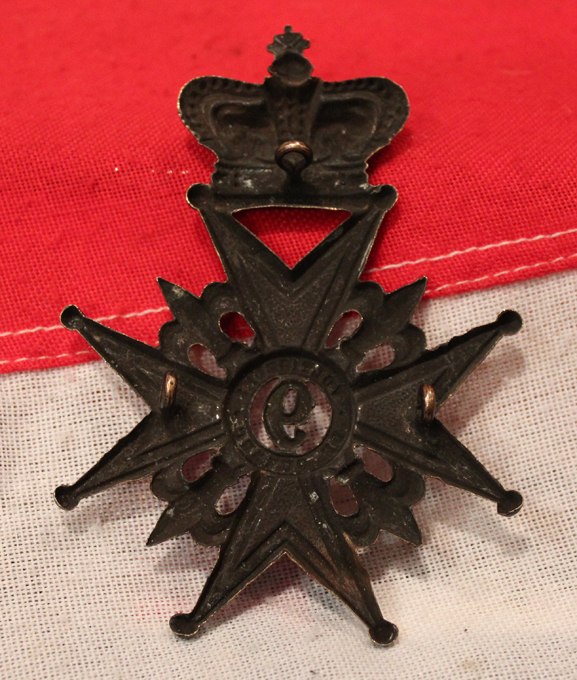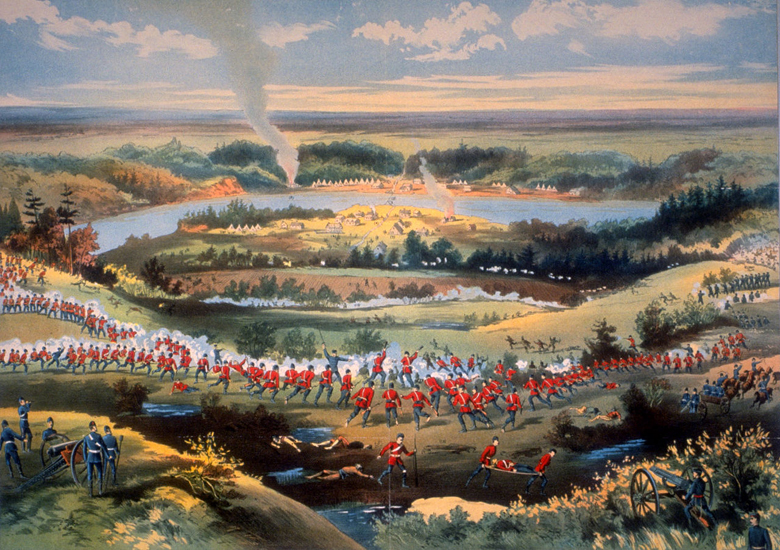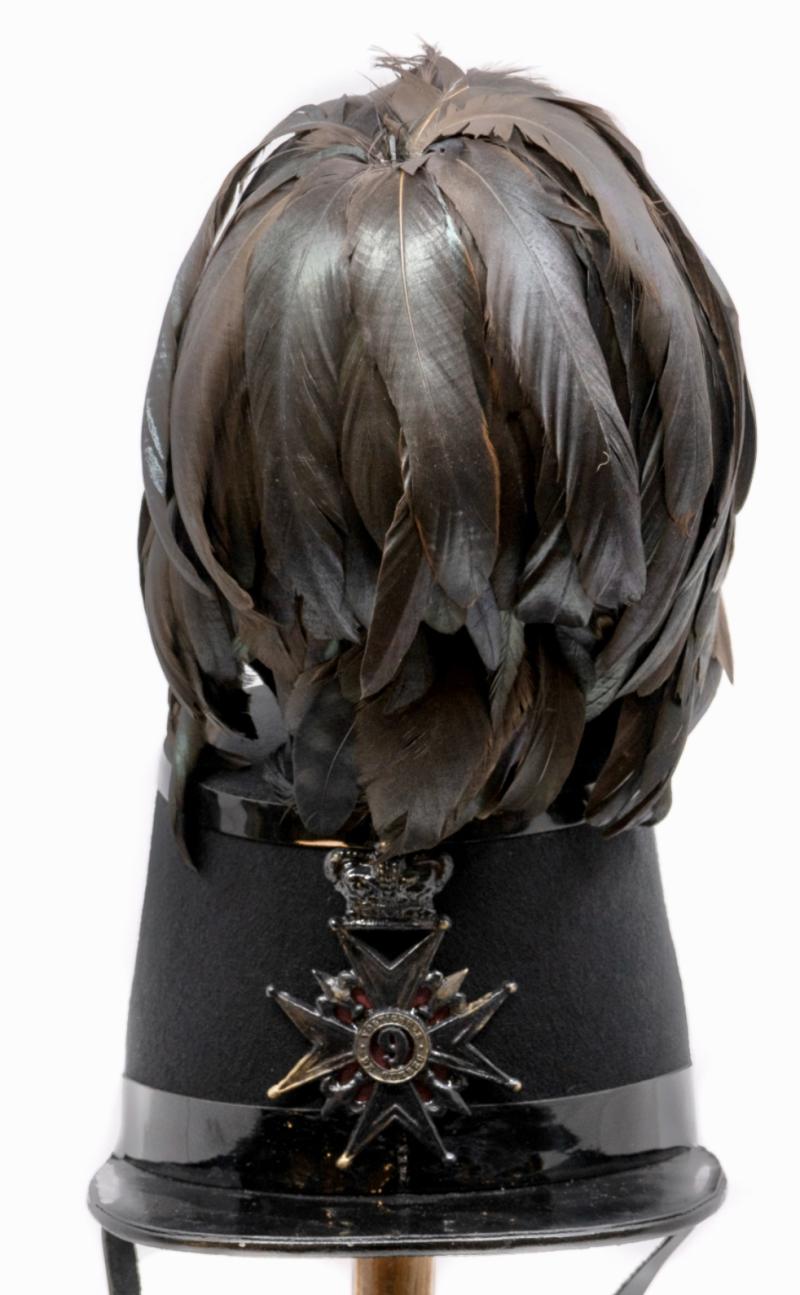A n Original 1870's Victorian the 9th Battalion Volunteer Militia Rifles of Canada, 9th Voltiguers De Quebec Shako Plate. The Oldest French Canadian Regiment.
A very good and rare large helmet plate of the Canadian Light Infantry volunteers.
3 loop pin mounting posts. In superb condition.
The '9' unit mark denotes issue to the 9th Battalion Volunteer Militia Rifles of Canada (Voltigeurs de Quebec). They were one of the units mobilized and sent out west during the 1885 North West Rebellion. The unit was established in 1862.
The North-West Rebellion (or the North-West Resistance, Saskatchewan Rebellion, Northwest Uprising, or Second Riel Rebellion) of 1885 was a brief and unsuccessful uprising by the Metis people under Louis Riel, and an associated uprising by First Nations Cree and Assiniboine, of the District of Saskatchewan against the government of Canada. During a time of great social change in Western Canada, the Metis believed that the Canadians had failed to address the protection of their rights, their land and their survival as a distinct people. Despite some notable early victories at Duck Lake, Fish Creek and Cut Knife, the rebellion ended when the Metis were defeated at the siege of Batoche, Saskatchewan, the eventual scattering of their allied Aboriginal forces and the trial and hanging of Louis Riel and eight First Nations leaders.
Tensions between French Canada and English Canada increased for some time. Due to the role that the Canadian Pacific Railway played in transporting troops, but political support for it increased, and Parliament authorized funds to complete the country's first transcontinental railway.
It was redesignated the 9th Regiment Voltigeurs de Québec on 8 May 1900, and, following the Great War, Les Voltigeurs de Québec on 29 March 1920. During the Second World War it was designated the 2nd (Reserve) Battalion, Les Voltigeurs de Québec on 10 May 1941 and Les Voltigeurs de Québec (Reserve) on 15 September 1944. After the Second World War it was designated Les Voltigeurs de Québec (Motor) on 1 April 1946. On 1 September 1954, it was amalgamated with Le Régiment de Québec (Mitrailleuses) and redesignated Les Voltigeurs de Québec (Mitrailleuses). It was, again, redesignated Les Voltigeurs de Québec on 11 April 1958. On 22 February 1965, the regiment was amalgamated with The Royal Rifles of Canada. The two regiments ceased to be amalgamated on 1 November 1966 and the “Voltigeurs de Quebec” continue as an active infantry regiment on the Canadian order of battle.
4 inches high.
Photo four in the gallery shows another helmet plate mounted upon its Shako
Code: 18971
345.00 GBP




